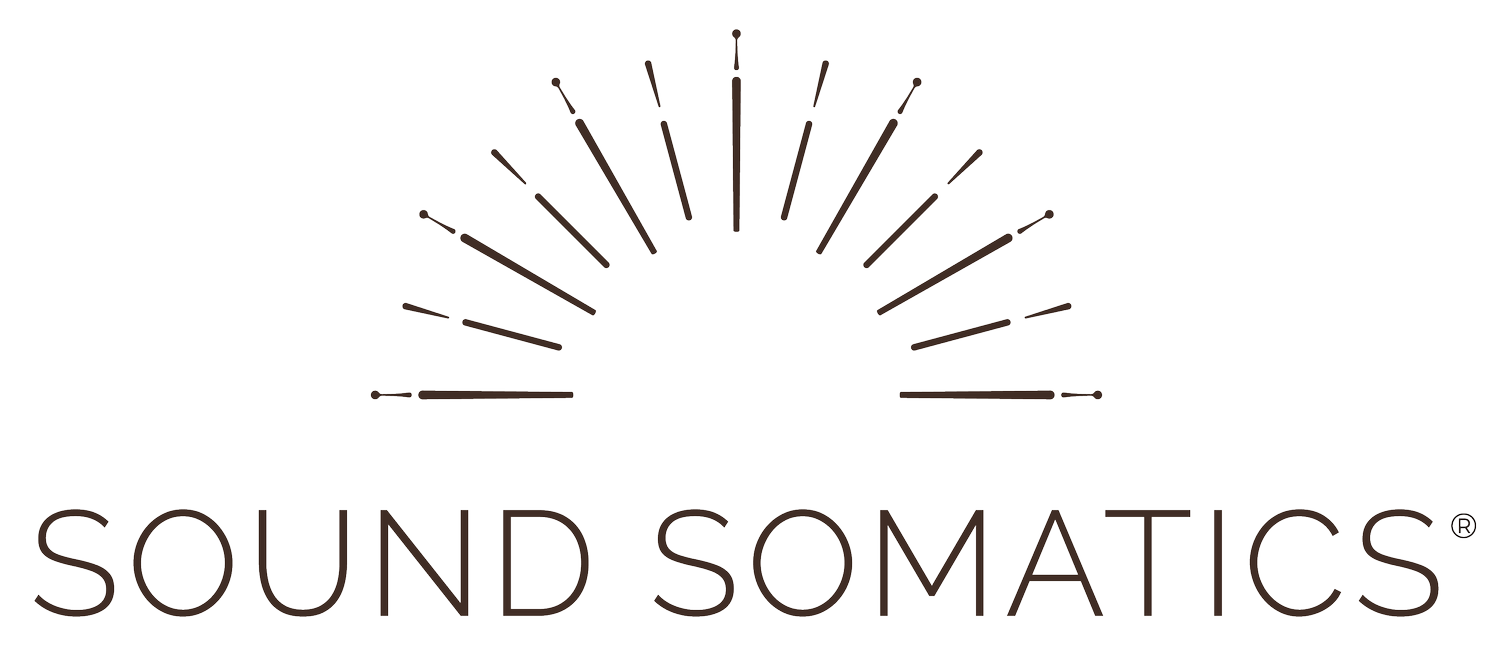How Does Craniosacral Therapy Work?
Many of my clients are curious how craniosacral therapy works.
If you’re curious too, here’s an overview of the two main types of craniosacral therapy to provide an introduction to that exploration.
The two types are biodynamic and biomechanical.
Biodynamic Vs. Biomechanical Craniosacral Therapy
The biodynamic branch of craniosacral therapy focuses on the flow of energy in the body which influences the physical form.
For example, if there’s stagnation of energy around the low back, this can manifest as tension and pain in the muscles, fascia, and fluids around the lumbar spine.
Meanwhile the biomechanical branch of craniosacral therapy focuses on the physical level of the body.
Techniques are used to enhance the functioning of tissues and fluids, which in turn impacts the underlying flow of energy.
In his book “Wisdom in the Body: The Craniosacral Approach to Essential Health,” Dr. Michael Kern states, “we could say that biomechanic treatment works more the outside-in, whereas biodynamic treatment works more from the inside-out.” My sessions are predominately biodynamic, with occasional biomechanical techniques as necessitated by a client’s needs.
Given that craniosacral therapy addresses the energetic and physical dimensions of the body, this work supports people with a wide range of conditions.
Some seek this work for physical ailments, while others seek relief from emotional and psychological challenges. Regardless, this work seeks to optimize the body’s innate wisdom and healing abilities.
Reach out if you’re curious to learn more about craniosacral therapy or to schedule an appointment.
Craniosacral therapy helps release tension from the body, particularly from the nervous system. In this image, I’m working on the diaphragm which is a common place where we store stress. I’m trained in both kinds of craniosacral therapy mentioned above - biomechanical and biodynamic craniosacral therapy. However, most of my practice is biodynamic craniosacral therapy given the results it offers. My practice is located in Mercer Island, serving clients in Seattle and Bellevue.

